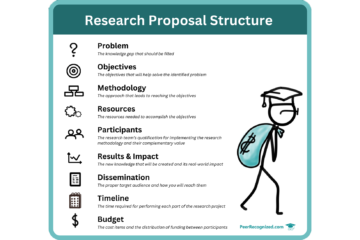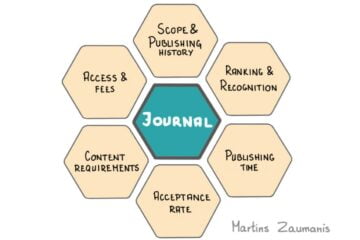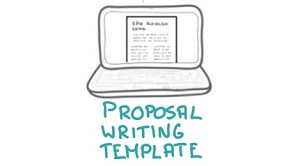“The Right Honorable gentleman from the Conservative party…”
is the way that senior members of the British parliament have to be addressed during debates even nowadays. This noble beginning of the sentence is sometimes followed with something in the lines of
“…should stay in his seat and shut up”.

The convention of addressing a person as “Right Honorable” is similar to the use of the passive voice in academic writing. Most often it is done only for the sake of a tradition and its usefulness is questionable at best.
| Passive voice | Active voice |
| Machine learning was used to analyze the results | We analyzed the results using machine learning |
The use of the passive voice – “what was done” – makes the text to be perceived more formally and impersonally compared to the active “we did”. Conservative journal editors and reviewers might prefer the traditional style and might even frown when they see an active voice used in a submitted paper. But think if you would use a passive voice to explain your research to a friend in the simplest possible way?
Nowadays many researchers promote the use of active voice. The journal Nature, for example, explicitly encourages to use active voice in their guide for authors. The use of active voice allows presenting in a crisper, more readable, and engaging way. Simpler, more personal stories imprint in the memories of the readers better. Certainly writing clear and memorable papers should be high on your list of priorities. This will increase your chances of citations, and peer recognition in general.
Phrasing the message by saying what “I” or “we” did will also place more emphasis on your expertise. This will work best if you reserve the use of personal pronouns for places where you want to highlight your contribution. Such cases are for example, when explaining a finding or demonstrate your expertise in a research proposal.
When to use passive voice
There is certainly a place for passive voice and the best academic papers use a combination of passive and active voice. Here are two cases when you should use the passive voice:
- If you want to emphasize the action instead of the doer, use the passive voice. This is the case, for example, when describing the methods.
2. Passive voice can also be used if it is clear who is taking the action or it is irrelevant to the discussion. For example, you could safely say:
“Oceans are being polluted with plastic at an unprecedented rate”.
It is clear who is causing it and if you want to put emphasis on oceans instead of humans, this sentence is absolutely fine.
It’s all about readability
The best way to write a research paper, a proposal, or any other scientific text is to think of a peer that you respect. Not a seasoned professor who already knows-it-all, but rather a Ph.D. student or an early stage researcher. Think of a specific person that you know, respect, and like. Now write in a way that will help him to learn a little more about the subject that you are researching. This will almost certainly make you use active voice.
Once the paper is prepared, a good test is to read the text aloud. In most cases, you will find that the sentences using passive voice sound unnatural. Change them to active voice to improve readability.

Hey! My name is Martins Zaumanis and I am a materials scientist in Switzerland (Google Scholar). As the first person in my family with a PhD, I have first-hand experience of the challenges starting scientists face in academia. With this blog, I want to help young researchers succeed in academia. I call the blog “Peer Recognized”, because peer recognition is what lifts academic careers and pushes science forward.
Besides this blog, I have written the Peer Recognized book series and created the Peer Recognized Academy offering interactive online courses.
A guide for writing papers that get cited
Knowing how to write research papers can make the difference between being invited to apply for a tenure track position and sending out CVs to random professors in the hope of a miracle.
Hi! My name is Martins Zaumanis and in my interactive online course Research Paper Writing Masterclass I will show you how to write research papers efficiently using a four-step system called “LEAP”. You will learn to to visualize your research results, frame a message that convinces your readers, and write each section of the paper. Step-by-step.
And of course, you will see how to answer the infamous Reviewer No.2 🙂







One comment